IHASA Newsletter
Winter 2025
Member Spotlight
Tell us about Hardy Hemp Homes and your role.
I first discovered hemp in 2014 where my scepticism drew me to Nimbin on a
reconnaissance mission to learn all the variables of this highly underestimated
material.
From the embassy I was led down the proverbial garden path to talk with
designers, engineers, farmers, architects and builders, all working with hemp in
different ways.
I then began attending every workshop I could with every company who was offering the opportunity. Eventually I progressed to a company who had the ability to certify me in hemp installation. I also attended the MBA to progress my construction knowledge.
At this point Hardy Hemp Homes began as an entity. I pursued paid work installing hemp in Tasmania, Melbourne, New South Wales and South Australia.
What’s the best thing about hemp?
The potential. The hemp industry is marching forward despite the myriad of elements slowing the progress of product development.
What’s the worst thing about hemp?
Ignorance and miseducation.
How do you see yourself best contributing to the hemp industry?
Slowly but surely I am developing amicable relationships with farmers, processors and
distributors, builders and owner builders into utilising this incredibly versatile
material. To date I’ve worked on/installed 18 homes around Australia and will continue to build on this.
Around the paddocks
Rainfall has come at last to South Australia and a more “normal” winter compared to last year. Things are looking better for planting hemp in November.
The talk of the town is winter dryland hemp, and there are more trial sites than ever this year across Australia. Sydney University are trialling many varieties at Narrabri, NSW on the back of their successful trials last year. How South Australia goes (being the driest state in the continent) planting hemp without irrigation still remains to be seen. Basically, hemp will grow fine under natural rainfall, but we need a reliable natural rainfall to do it, and that doesn’t always happen!
Demand for hemp foods is still growing – according to Good Country Hemp records – and from what I can gather, it is for other Australian hemp food processors as well. This is a great sign.
I was in Nimbin NSW with Chloe, my (22 year old) daughter recently to meet with some local hemp industry identities. For those of you who don’t know, or for those who need reminding, Nimbin is the Cannabis capital of Australia and has been since the 1960’s. It’s an incredibly unique town with equally unique residents, and a growing tourist market for those wanting to see and experience an incredibly alternative lifestyle, isolated from the rest of the world in the rolling green hills an hour inland from Byron Bay. It’s a bubble, even for the NSW police force who, when new recruits are posted to the Nimbin police station on the main street, are trained by their Nimbin police superiors to “chill out” and don’t try and arrest the whole town in the first week. I was told that as long as you don’t smoke weed right in front of a police officer you should be fine (not that I’ve ever smoked anything my whole life).
But despite our hemp food and fibre sectors trying to distance ourselves from this culture, we have a lot to thank Nimbin for. The seeds of the Australian hemp industry were literally sown and grown there over 50 years ago, and only now after legislative changes have gradually taken effect, hemp has made its way into Australian households everywhere.
I was incredibly glad to see packets of Good Country Hemp, South Australian grown hulled hemp seeds and protein powder for sale in the Nimbin produce store. Talk about selling ice to the eskimos! A big high five between Chloe and me for that one.
Until next time,
Mick Andersen, Good Country Hemp
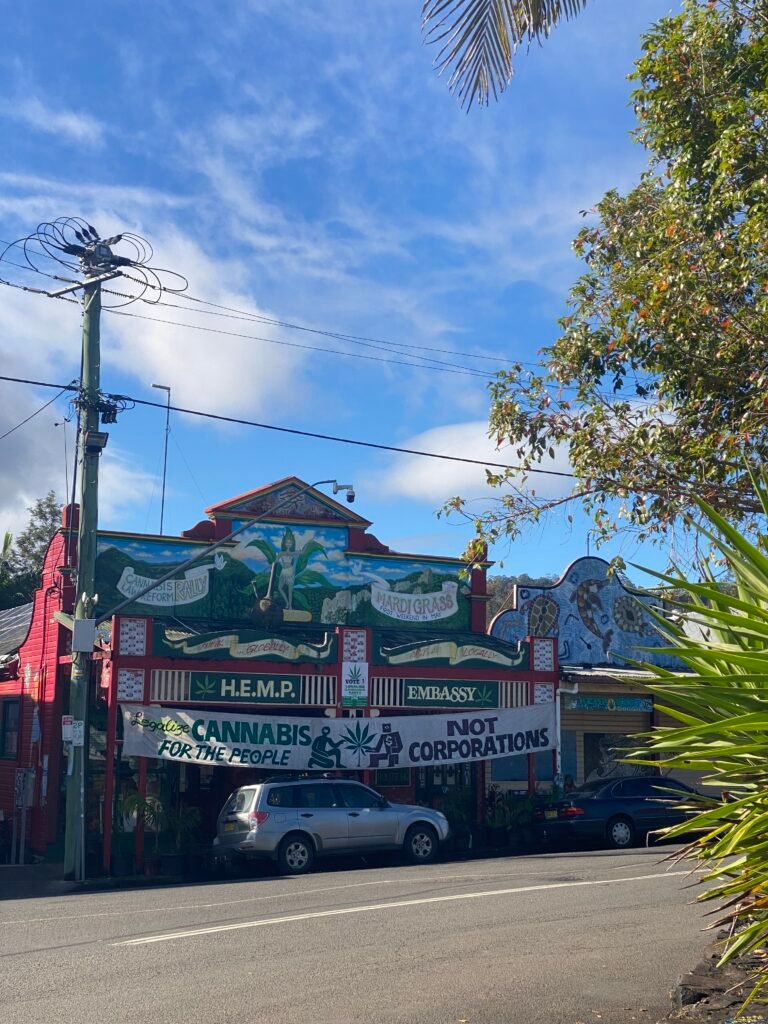
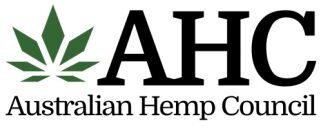

The Australian Hemp Council is partnering with HempToday to prepare a report on the current state and future prospects for the hemp industry in Australia and New Zealand. An extensive survey of industry stakeholders will inform this report which is scheduled for publication later in November.
The AHC has negotiated a huge discount on HempToday subscriptions with savings of up to $600! You can access this exclusive offer on the AHC website.
The Challenge of Industrial Hemp Breeding in Australia
Managing GxE Complexity and Seed Bulking
Ben McGorm, Head of Program, Industrial Hemp, University of Adelaide
Industrial hemp (Cannabis sativa L.) has significant potential in Australia, yet breeding locally adapted cultivars is complicated by the dominance of genotype-by-environment (GxE) interactions over strong genetic effects in many key traits.
Photoperiod sensitivity is a particular challenge, especially when looking to push sowing times into marginal seasons in Southern cropping zones such as South Australia, WA, Tasmania and Victoria, where hemp is traditionally a summer-cultivated crop. Most hemp germplasm originates from northern latitudes and is adapted to long-day flowering cues. Under Australian conditions, with shorter and highly variable day lengths, phenotypic expression can shift dramatically, leading to premature flowering, altered plant architecture, and yield instability.
Other traits, including cannabinoid biosynthesis, grain yield, and fibre quality, also display high plasticity. Their expression is strongly influenced by environmental drivers such as latitude, temperature, soil fertility, and seasonal rainfall. As a result, phenotypic performance in one environment may not reliably predict performance in another.
As a breeding program, we are constantly assessing the phenotypic expression of varieties observed under each unique GxE interaction, especially across different soil types. The following photos demonstrate early phenotyping through to a stable variety by the University of Adelaide industrial hemp breeding program, via selective breeding of desired germplasm, taking into account GxE interactions observed under field conditions over successive plant generations and cropping years.
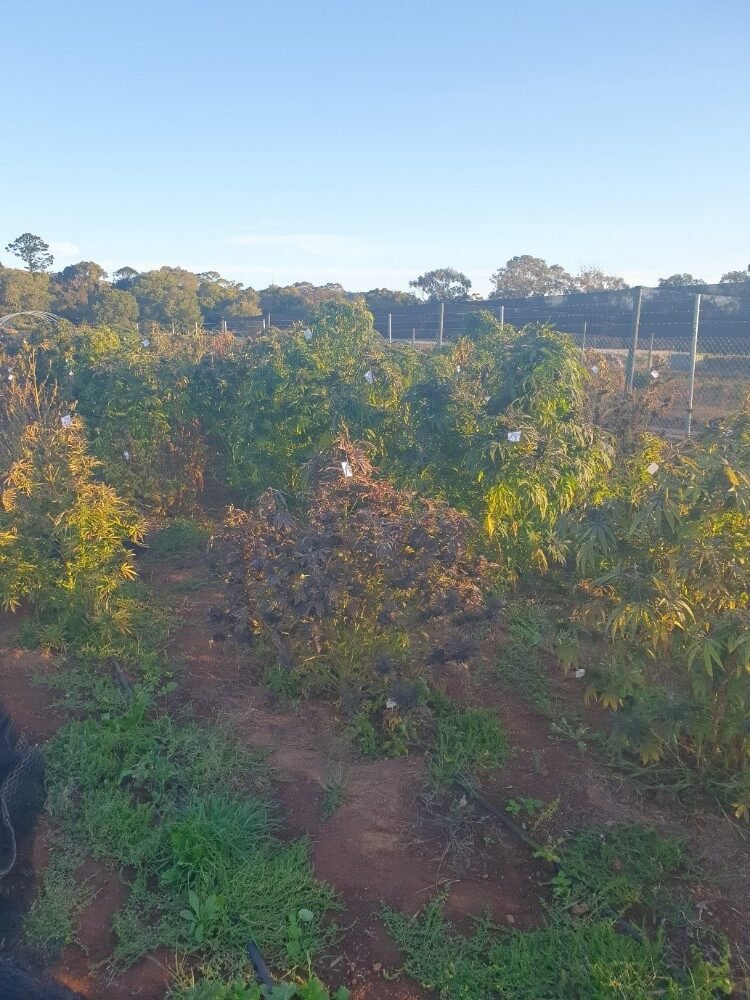
Early phenotyping being carried out by the Australian Hemp Seed Company along with staff and students of the University of Adelaide, Waite campus 2020.
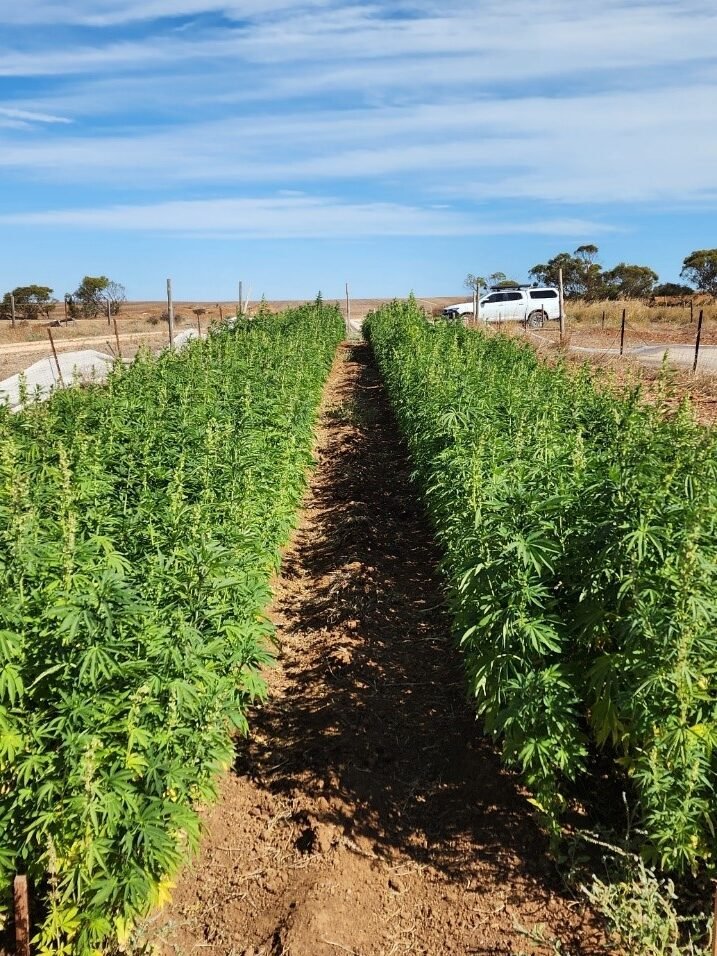
Stable grain-type variety, University of Adelaide/Australian Hemp Seed Company, 2025.
The Added Complexity of Seed Bulking
Even after promising lines are identified, progressing to commercial release requires large-scale seed bulking—a process that is far from straightforward in hemp. Several factors complicate this step:
Photoperiod and Latitude Constraints: A line selected under one set of environmental conditions may flower prematurely or fail to reach maturity in a seed production zone, jeopardising the ability to generate sufficient seed.
Genetic Heterogeneity: Hemp’s dioecious nature and history of landrace development means that residual variability can persist, making it difficult to maintain uniformity through bulking generations.
Cross-pollination Risks: Hemp is wind-pollinated, and isolation distances must be rigorously managed to avoid contamination from neighbouring crops or feral/volunteer plants, which can compromise varietal purity.
Regulatory Compliance: Seed crops must also conform to strict THC thresholds under Australian law, and GxE interactions influencing cannabinoid expression create added risk of non-compliance during multiplication.
Together, these factors mean that scaling a variety from breeder’s plots to tonnes of seed for commercial release demands more than simple multiplication—it requires carefully chosen production sites, strong quality assurance systems, and often, multiple seasons of controlled bulking to stabilise supply.

Cleaned, stable seed, University of Adelaide/Australian Hemp Seed Company 2025.
Looking Forward
To overcome these challenges, breeding programs must adopt rigorous multi-environment testing frameworks, coupled with statistical approaches that partition GxE effects. The aim is twofold: to identify genotypes with broad stability across environments, and to exploit GxE where region-specific adaptation can be advantageous. Long-term success will depend on aligning germplasm with both Australia’s diverse agroecological zones and the practical realities of seed multiplication.
By embracing the complexity of GxE and seed bulking, rather than seeking to minimise it, Australia can position itself at the forefront of hemp breeding innovation and establish a resilient, globally competitive industry tailored to its unique production environments.
Hemp Clothing Company
An update on by Chris Martin
We anticipate two new women’s range collections, the first arriving in about 2 weeks and another one in late October / November. The key thing is growth in the hemp textile / clothing sector is quite strong as far as we can tell. By end of year, we will almost double our offering for female buyers which has been a key focus for us, given we started out as a menswear label back in 2017.
We are about to bring our hemp uniforms online for our first South Australian school and a second school is in negotiations and development steps with us as we speak. We hope to be able to publish this news in a more official sense, when stock arrives and the schools start wearing the actual uniforms. We anticipate some state media coverage may occur when this happens as the communities in these schools are quite excited about the move away from synthetic uniforms and they want to help educate others about the positive natural fibre (hemp) options available in the uniforming sector. This is positive as historically we have supplied larger states like NSW, QLD, WA and have been working hard to get into South Australian schools. We are also opening up online store ordering for some schools, as the age of ‘on campus’ uniform shops seems to be moving more towards online solutions, with more people taking up online shopping. This implies a growing need for larger storage of hemp uniforms, here in our south Australian warehouse in Norwood. All positive signs for the industry moving forward.
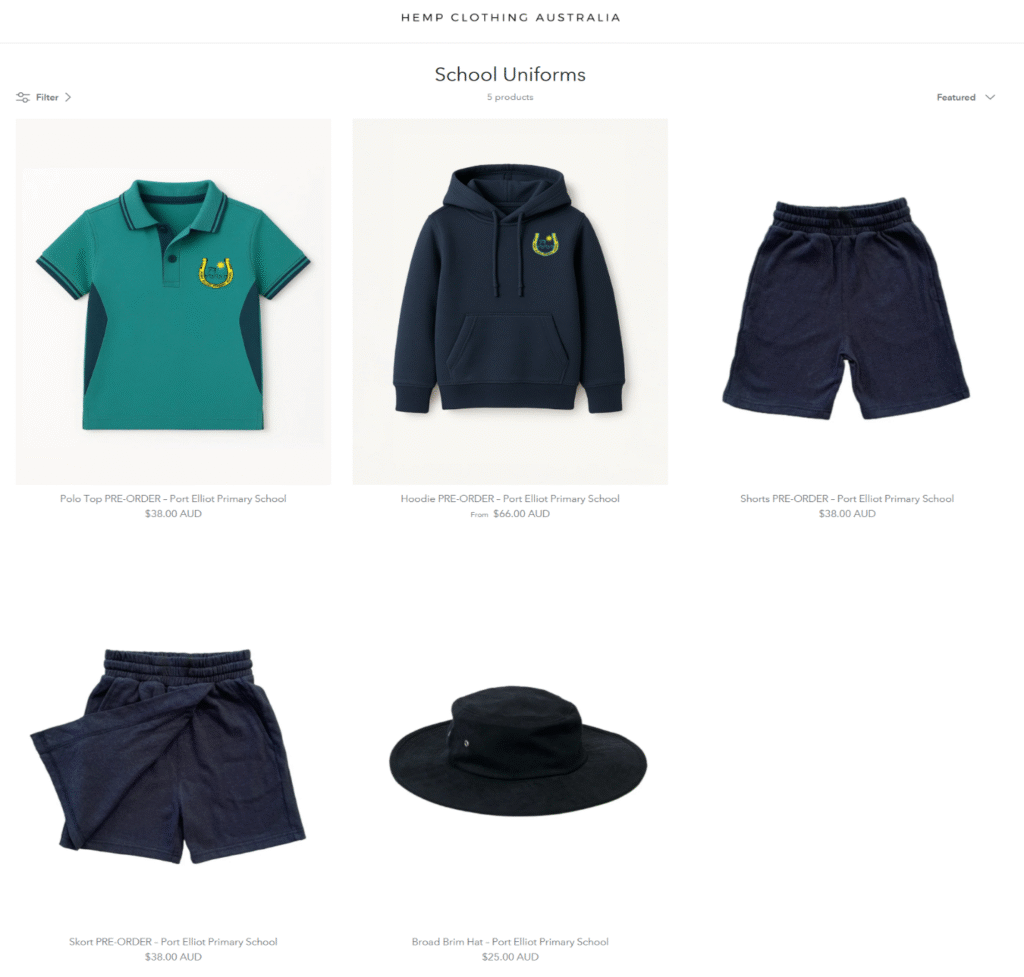
Australian Hemp Council (AHC)
Leading the Hemp Industry Together
Senate Inquiry – Industrial Hemp Industry
Thank you to everyone who has already submitted your insights and evidence for the Australian Hemp Council’s national response to the Senate Inquiry into the development of a hemp industry in Australia. Your contributions are helping build a credible, coordinated, and impactful case for change.
For those who haven’t yet submitted, we still need your voice!
The Senate Committee is seeking submissions that highlight industry challenges and opportunities across farming, manufacturing, regulation, and beyond. We’re inviting everyone in the sector from growers, processors, researchers, innovators, and advocates to take part.
To make it easy, we’ve created a structured online form that aligns directly with the Senate’s Terms of Reference and will feed into the AHC’s national submission.
Click here to complete your submission: Senate Inquiry – Submission Form
The form:
- Takes around 10–30 minutes to complete (depending on detail)
- Is open to individuals or organisations
- Lets you highlight issues and propose solutions
- Is designed to help the Senate understand the economic, environmental, and regional impact of reform
We have received confirmation that our request to extend the deadline for submissions has been granted. The new deadline is 24 October 2025. Please complete the Submission Form by 10th October so we can incorporate your views in the full AHC submission. We also encourage you to submit a response directly to the Senate Enquiry.
Together, we can show that industrial hemp is not just an emerging industry, it’s a national opportunity worth backing.
Partnership – AHC signs MOU with WWF-Australia
We are proud to announce a historic milestone for the Australian Hemp Council and the national hemp industry.
On July 14th, 2025, the AHC and World Wide Fund for Nature Australia (WWF-Australia) officially signed a Memorandum of Understanding to collaborate on initiatives that advance sustainable, circular and regenerative materials across Australia with industrial hemp at the heart of this effort.
This partnership signifies a powerful alignment between conservation and industry.
Together, we will:
- Advocate for regenerative bio-based materials, including industrial hemp
- Support Australia’s transition away from native forest logging
- Promote inclusive, nature-positive economic development, and
- Champion research, policy advocacy and public communication efforts at national and state levels.
By combining WWF’s conservation leadership with the AHC’s deep industry expertise, we’re demonstrating what’s possible when environmental and agricultural innovation work together.
This agreement is a bold step forward, one that recognises hemp as a vital part of Australia’s regenerative future.
Stay tuned as we begin work on joint campaigns, policy submissions, and strategic projects in NSW, Tasmania, and Queensland, and across the country.
Let’s grow a better future together.
Melbourne Build Expo 2025
We’re thrilled to partner with Melbourne Build Expo, Victoria’s largest construction and design show. We’d love to invite your team to join us on 22 & 23 October at MCEC for the Construction Show of the year.
Melbourne Build features:
- 12,000+ attendees from leading contractors, architects, civil engineers, developers, government,
- housebuilders, and construction professionals
- 450+ incredible speakers across 12 Conference Summits, including Future of Housing in Victoria, MMC and pre-fab, Future of Construction, Architecture & Design, Digital Construction, Sustainability, D&I, Infrastructure and more
- CPD training workshops and education
- Architect’s Hub with project displays and 3D models of upcoming projects from leading architects
- Government Hub showcasing opportunities and planning across Victoria
- Victoria’s biggest Festival of Construction with DJs, musicians, live performances, celebrity guests, entertainment and competitions
- 10 networking events co-hosted with CIOB, prefabAUS, Master Builders Victoria, Australian Smart Communities Association, NexGen, NAWIC, and many more partners
- Australia’s largest networking events for Women in Construction and Diversity in Construction
- 175+ exhibitors showcasing the latest services, products and innovations transforming the industry.
For further information and updates please refer to the AHC website: https://australianhempcouncil.org.au/
Matt Lariba
AHC Interim President
IHASA Webinars
At the Committee meeting held on Wednesday 27th August, discussions took place on the validity of holding an IHASA Forum.
It was agreed that, at this stage of the development of the hemp sector in SA, it would be more constructive and productive to hold a webinar for members, friends and interested parties every quarter, rather than a once off forum.
It is anticipated that a guest speaker will be organised for each webinar which will run for approximately an hour. The webinars will give opportunity for updates on what is happening in the sector, networking and connections with those in attendance.
Emails will be sent to IHASA members informing them of the details for each webinar giving due notice for this. Interested family members and friends are also welcome to join the webinars.
We look forward to seeing you soon!
2025 Newsletter Schedule
For the remainder of the 2025 calendar year, the following dates are when the newsletters will be circulated to members.
- December 2025 (Summer edition)
As a valued member, if you have information you’d like included in the newsletters, please forward this to Dianne Sharpe (dianne.sharpe2@gmail.com) one week prior to the scheduled newsletter deadline for circulation.
In addition to this, if there is information you’d like to share at any time with other members and/or state entities and the AHC, please email this to Bernard and Dianne and a separate document can be done on the IHASA newsletter template for circulation to the relevant parties.
All contributions are welcome.
Hemp Recipe – Hemp Protein Cookies
(low carb, gluten free)
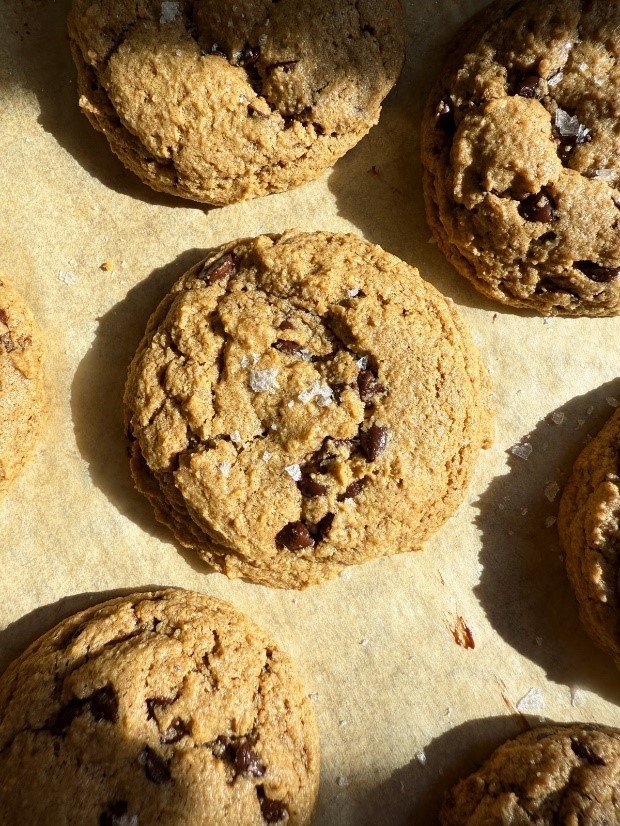
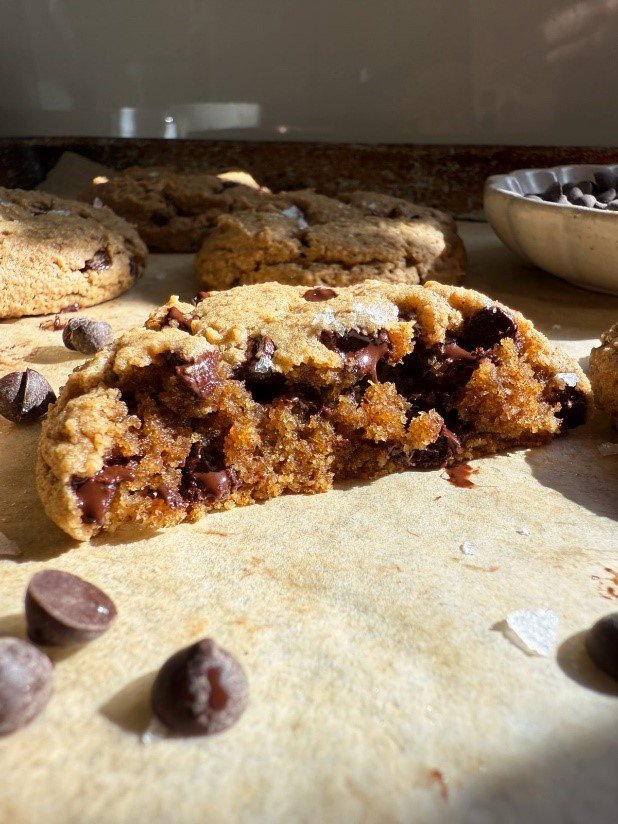
Ingredients
- 1 large egg
- ¼ cup palm shortening or butter
- ¼ cup coconut sugar
- 1 tsp vanilla extract
- 1 cup blanched almond flour
- 1/3 cup hemp protein powder
- 1 tsp cinnamon
- ½ teaspoon baking soda
- ¼ teaspoon salt
- 1/3 cup miniature dark chocolate chips
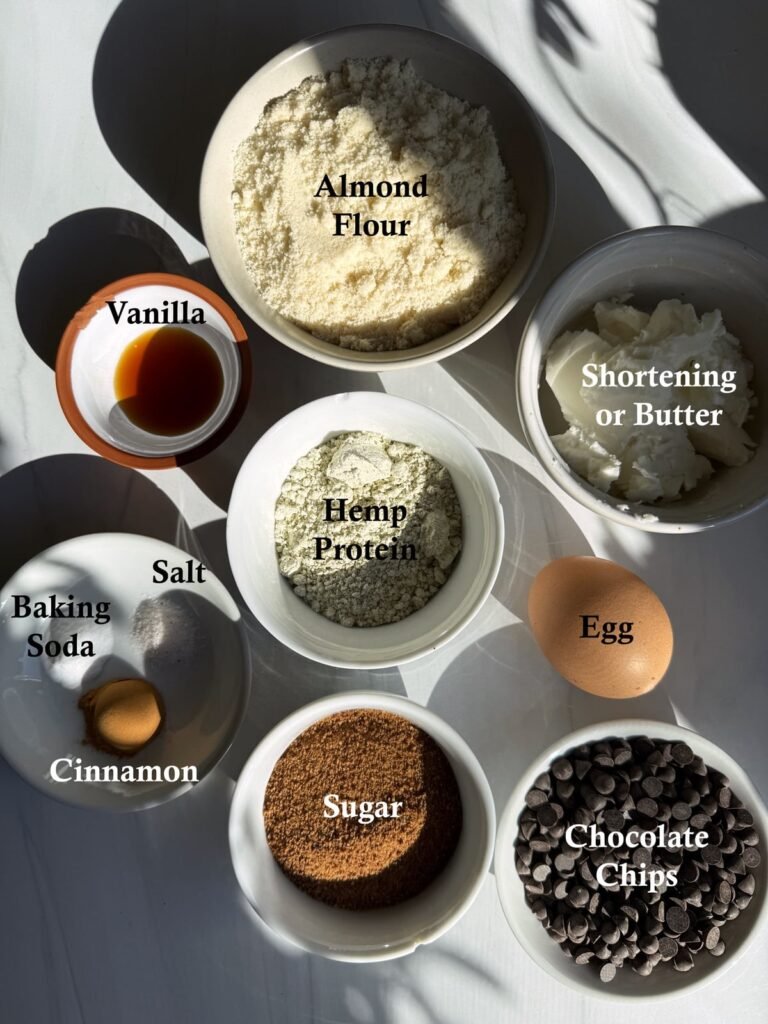
Instructions
- First, preheat your oven to 350 degrees F or 177-180 degrees C. Line a baking sheet with brown paper and set aside.
- In a large mixing bowl, combine egg, shortening, sugar and vanilla. Whisk with a fork, then add in almond flour, hemp protein powder, cinnamon, baking soda and salt. Mix until well combined.
- Fold in the chocolate chips.
- Scoop the cookie dough onto your lined baking sheet about 2 tablespoons of dough for each cookie. Allow approximately 1-2 inches between each cookie.
- Bake in your preheated oven for 10 minutes.
- After baking, remove the cookies from the oven and cool them to room temperature on the baking sheet. The cookies need to cool or else they will be too soft to handle and fall apart.
Storage
These hemp protein cookies are best stored in the fridge or freezer in an air-tight container or baggie. They are best eaten within one week if stored in the fridge or one month in the freezer.
IHASA Committee Members
Mick Andersen
Good Country Hemp
Chris Martin
Committee Member
Dianne Sharpe
Newsletter
Tony Burfield
AHC Director for SA
Bernard Thomson
Membership & Treasurer


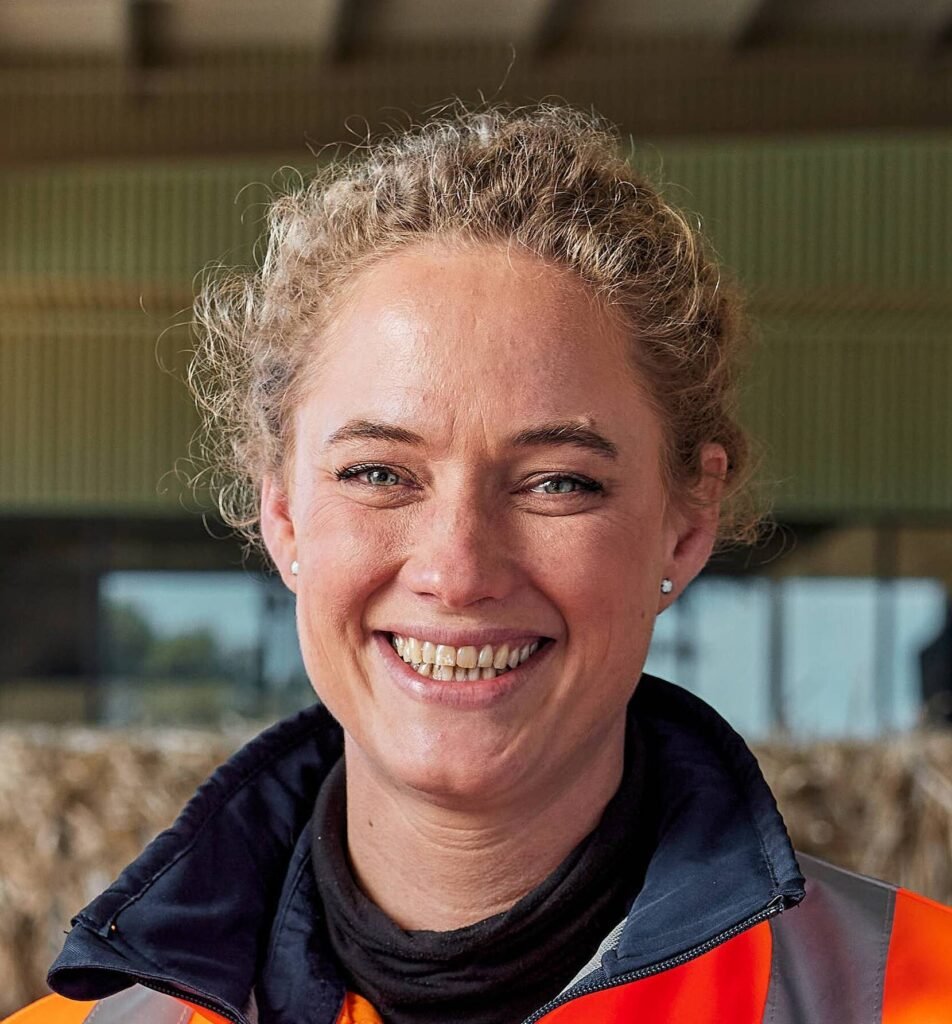

 Miller’s Corner is a sustainability – focused housing development in the Adelaide Hills. Our despair at seeing the types of development happening in the Adelaide Hills led us to seek alternative ways of building. After seeing a Grand Designs program on hemp building we decided to investigate using hemp in our project.
Miller’s Corner is a sustainability – focused housing development in the Adelaide Hills. Our despair at seeing the types of development happening in the Adelaide Hills led us to seek alternative ways of building. After seeing a Grand Designs program on hemp building we decided to investigate using hemp in our project. After finding it was wasn’t legal to grow hemp in South Australia we joined the newly formed Industrial Hemp Association and began lobbying the government for a change of legislation. Unfortunately even with the new legislation it was not possible to purchase South Australian grown hemp. This led us to purchasing hemp from France which proved to be the most cost-effective method of getting hemp in South Australia.
After finding it was wasn’t legal to grow hemp in South Australia we joined the newly formed Industrial Hemp Association and began lobbying the government for a change of legislation. Unfortunately even with the new legislation it was not possible to purchase South Australian grown hemp. This led us to purchasing hemp from France which proved to be the most cost-effective method of getting hemp in South Australia. Building at Miller’s Corner is progressing with currently eight buildings at various stages of development including five which have used hemp as a building product. It is expected most buildings will be completed by the end of 2021. Our website
Building at Miller’s Corner is progressing with currently eight buildings at various stages of development including five which have used hemp as a building product. It is expected most buildings will be completed by the end of 2021. Our website 
